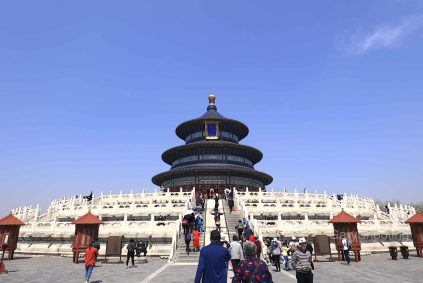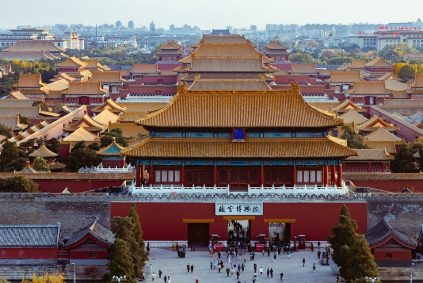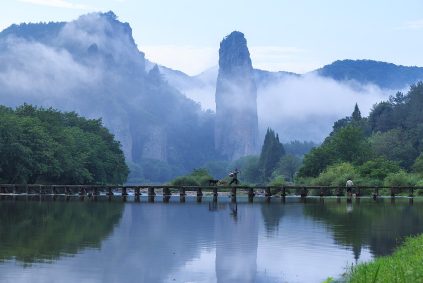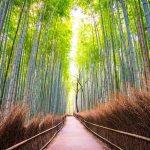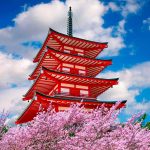Exploring the Red Chamber Cultural Attractions of Beijing Daguanyuan (Grand View Garden)
Beijing Daguanyuan, inspired by the classic 18th-century novel Dream of the Red Chamber, is a landscaped garden and cultural complex that brings to life the opulent world of the Jia family. As one of China’s most renowned literary-themed parks, it combines architectural precision with artistic storytelling to recreate scenes from Cao Xueqin’s masterpiece. Below are key cultural attractions within the garden that immerse visitors in the novel’s rich tapestry of love, tragedy, and social critique.
The Prospect Hill and Greensickness Peak: Symbolic Landscapes of Emotional Turmoil
Central to Daguanyuan’s design is Prospect Hill, a man-made mound topped with a pavilion that offers panoramic views of the garden. This spot mirrors a pivotal location in the novel where characters like Lin Daiyu and Jia Baoyu experience moments of introspection and longing. Nearby, Greensickness Peak—named after Daiyu’s poetic description of her own melancholy—features winding paths and secluded pavilions. These areas are adorned with inscriptions of verses from the novel, inviting visitors to reflect on themes of unrequited love and the fleeting nature of beauty. The naturalistic layout, with its carefully placed rocks and flowing streams, evokes the Daoist ideals of harmony between humanity and nature that permeate the story.
The Rongguo and Ningguo Mansions: Architectural Representations of Noble Decline
The Rongguo and Ningguo mansions serve as the garden’s architectural anchors, representing the twin branches of the Jia family. The Rongguo Mansion, with its grand halls and ornate courtyards, reflects the family’s peak of wealth and influence, while the Ningguo Mansion’s more subdued design hints at its eventual decline. Inside, visitors can explore reconstructions of key rooms, such as Grandmother Jia’s bedroom, Lady Wang’s study, and the inner chambers where the female characters lived. Authentic period furnishings, including intricately carved wooden screens and hand-painted porcelain, recreate the atmosphere of Qing Dynasty aristocracy. These spaces also host exhibitions on costumes, 달필, and traditional rituals mentioned in the novel, offering context for the characters’ daily lives.
The Daoxiang Village and Rice Planting Fields: A Glimpse into Rural Simplicity
In contrast to the mansions’ opulence, Daoxiang Village represents the rustic world of the novel’s poorer characters, such as Jia Yun and Qin Zhong. This section of the garden features thatched-roof cottages, bamboo groves, and small rice paddies where visitors can observe traditional agricultural practices. The village includes replicas of workshops where characters might have engaged in crafts like weaving or pottery, highlighting the divide between urban elite and rural laborers. A reconstructed water mill and stone bridge further enhance the sense of pastoral tranquility, while seasonal activities like harvest festivals connect the garden’s themes to China’s agrarian heritage. This area underscores the novel’s critique of social stratification and the fragility of human connections across class lines.
The Xichun Pavilion and Bamboo Grove: Sanctuaries of Poetic Solitude
Named after one of the novel’s most introspective characters, Xichun Pavilion is a secluded spot surrounded by dense bamboo and fragrant osmanthus trees. This tranquil environment mirrors Xichun’s retreat from worldly affairs to pursue spiritual and artistic fulfillment. The pavilion itself features calligraphic scrolls displaying her poetry, which often meditates on impermanence and the search for inner peace. Nearby, a winding bamboo path leads to a small teahouse where visitors can sample traditional green tea while listening to recordings of guqin (zither) music—an experience designed to evoke the novel’s emphasis on aesthetic refinement and emotional restraint. These spaces celebrate the quieter, more contemplative aspects of the story, offering respite from the drama unfolding elsewhere in the garden.
Beijing Daguanyuan thus functions as both a literary monument and a living cultural site, where architecture, nature, and performance intersect to deepen appreciation for Dream of the Red Chamber. By preserving the novel’s settings and themes, the garden ensures that Cao Xueqin’s exploration of human nature and societal change remains relevant for new generations.


